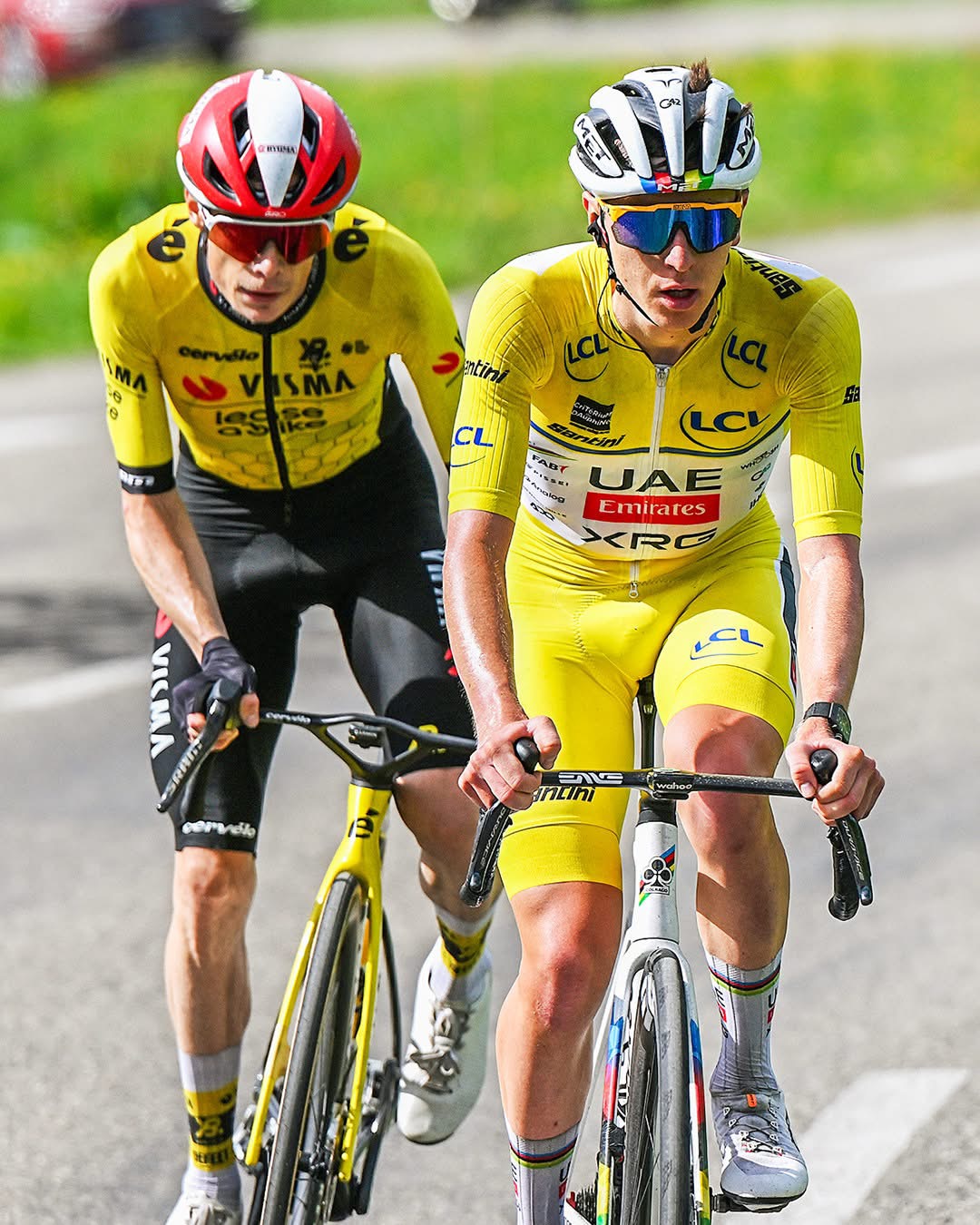Tadej Pogačar, long admired for his explosive climbing style and versatility, has added a new twist to his tactical arsenal this season: launching attacks in the saddle. Rather than standing and surging with dramatic flair as he’s often done in the past, the Slovenian has increasingly favored seated accelerations to break rivals on the climbs.
This subtle but significant change reflects both strategic refinement and confidence. Staying seated allows Pogačar to conserve energy, maintain better traction on steep gradients, and keep his heart rate more controlled during prolonged efforts. It’s a method that suits his smooth pedal stroke and high cadence, especially on sustained climbs where rhythm can be more decisive than short bursts of power.
His seated attacks have been on display throughout the season—from early spring classics to the high mountains of stage races. In races like Strade Bianche and the Giro d’Italia, he’s often distanced rivals without so much as rising from the saddle, relying on metronomic power and calculated timing rather than shock-and-awe theatrics.
For his competitors, this evolution presents a unique challenge. Pogačar’s seated surges are harder to anticipate, lacking the visual cues of a standing attack. They often blend into what looks like a steady pace—until it’s too late. This consistency under pressure leaves little opportunity for others to react or recover.
The change also underscores his maturation as a rider. No longer just a raw talent with punchy legs and instinctive aggression, Pogačar is now a master tactician, controlling races with nuance. Whether he’s preserving energy for a long Tour de France campaign or simply playing psychological games, Pogačar’s decision to stay seated is proving just as devastating as any out-of-the-saddle assault—and perhaps even more so.










